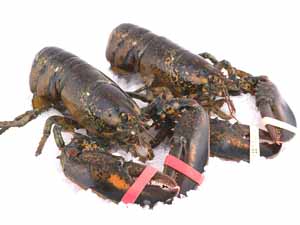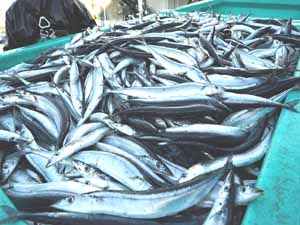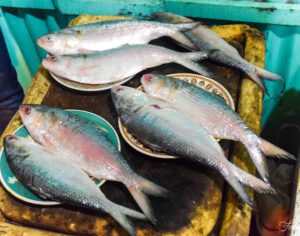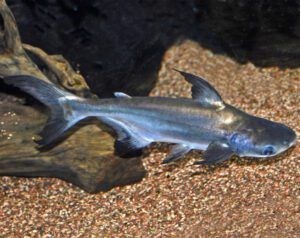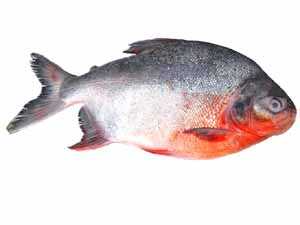The Bombay Duck fish is despite the name, is not a duck, but a lizardfish. It is also known by many other different names such as Bummalo, Bamaloh, Loytta, Bombil etc. Today, it is a very popular food fish, especially in the places where it is available.
The fish is known from east coast of Africa, northward from about Zanzibar, also Red Sea, the Gulf Sea and the Arabian Sea.
But it is widely found in the South And the Indian Ocean. Read some more information about this fish species below.
Bombay Duck Fish Characteristics
The Bombay Duck fish have elongate and compressed body. Their eyes are small, and snout is very short. The mouth is very wide, armed with slender recurved and depressible teeth. And their teeth are of unequal size.
The palatine teeth are also large and depressible. Their lower jaw is generally longer than the upper jaw. They have dorsal fin with 11-12 rays, followed by a conspicuous adipose fin.
The anal fin is with 14-15 rays, and the pectoral fins are with 10-12 rays which are longer than the head length. Their pelvic fins are very long with 9 rays.
They have lateral line with 40-44 scales, extending onto pointed median love of caudal fin. The Bombay Duck fish are generally of uniform light grey color, with a semitransparent appearance.
Their average body length is around 25 cm, with a maximum of about 40 cm. [1]
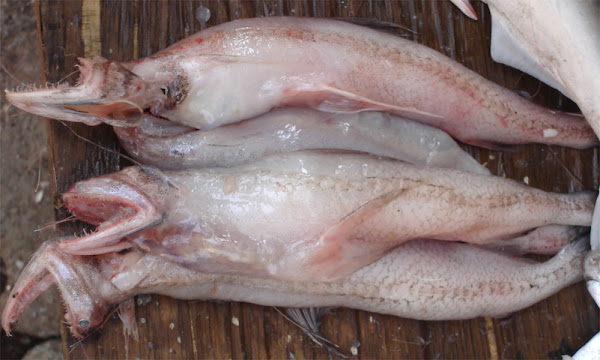
Diet
The Bombay Duck fish are an aggressive predator. They are mainly feed on small fishes.
Breeding
This fish spawn 6 batches of brood per year. They are benthopelagic and inhabits deep water offshore for most of the year. But they also gather in large shoals in deltas of riversto feed during monsoons.
Uses
The Bombay Duck fish is mainly used for food. It is vary tasty and popular among the people of Bangladesh and India.
Special Notes
The Bombay Duck fish generally live in the tropical areas of the Indo-Pacific. They have been caught in the waters of Maharashtra in the Lakshadweep Sea traditionally.
And it is an important item of the yearly catch there. It is also caught in the Bay of Bengal, and in the South China Sea (although in smaller numbers). In Maharashtra, it is mainly caught with the bag-net (better known as ‘dol’ net), and also caught with bottom trawls.
The Bombay Duck fish is a popular food item in certain areas of India and Bangladesh. Fresh fish are generally fried or cooked in curry. It is very tasty and generally marketed fresh, dried or salted. However, review full breed profile of this fish in the table below.
| Name | Bombay Duck |
| Kingdom | Animalia |
| Phylum | Chordata |
| Class | Actinopterygii |
| Order | Aulopiformes |
| Family | Synodontidae |
| Genus | Harpadon |
| Species | H. nehereus |
| Binomial Name | Harpadon nehereus |
| Other Names | Also known as Bummalo, Bamaloh, Loytta, Bombil etc. |
| Breed Purpose | Food |
| Special Notes | Generally live in the tropical areas of the Indo-Pacific, an important item of the yearly catch in Maharashtra, marketed fresh, dried or salted, used mainly for food |
| Breeding Method | Natural |
| Climate Tolerance | Native climates |
| Body Color | Generally of uniform light grey color, with a semitransparent appearance |
| Rarity | Common |
| Availability | Asia |

